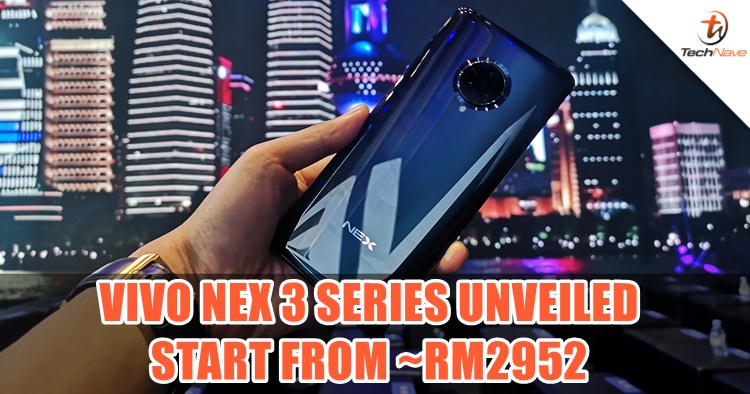
Today, Vivo has unveiled the much teased NEX 3 smartphone series in Shanghai, China. There are actually two variants which comprise of a 5G and 4G model on a price range of ~RM3000, it's said that the series will be available in the coming months in the Asia Pacific, Southeast Asia and other markets. Without further ado, here's everything you need to know about the latest vivo flagship.
Equipped with 5G connectivity, vivo is using a 5G-6 antenna design for the best-enhanced signal for any areas. There's also a dual WLAN Acceleration technology so that two WiFi signal networks can be connected at the same time.
To support 5G’s high energy consumption, vivo has optimized and integrated a Super FlashCharge 44W and C-DRX power-saving technologies for the 4500mAh battery. To keep the battery cool, a Vapor Chamber Cooling System is inserted inside.
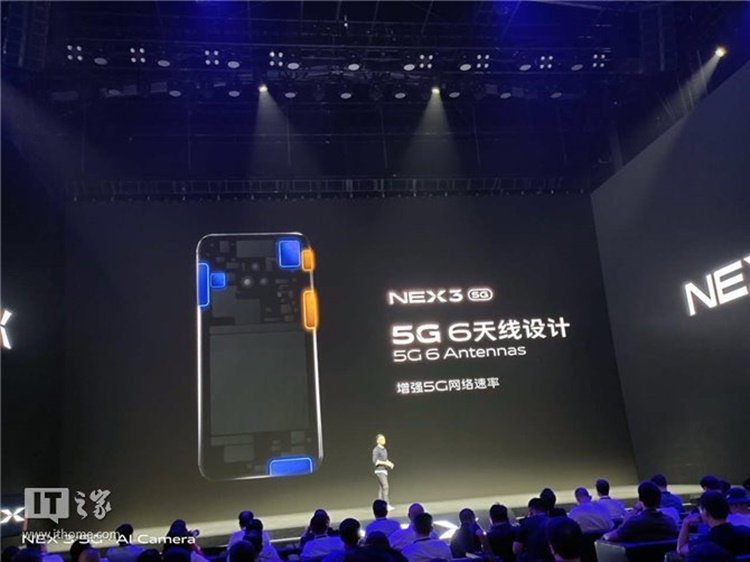
5G 6 Antenna is serious business
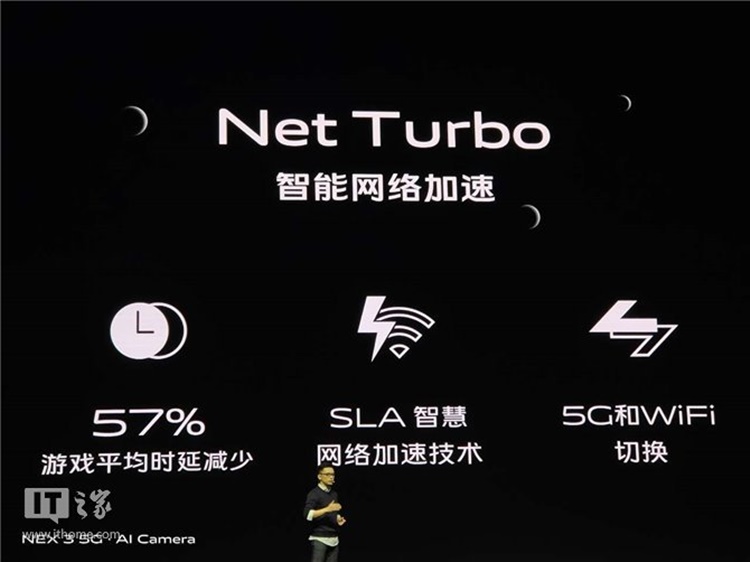
Some bonus connectivity there
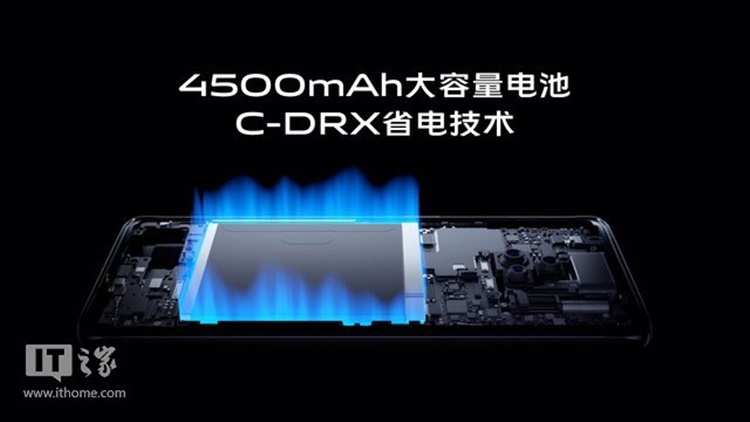
Just 4500mAh juice but with C-DRX which is a power-saving technology
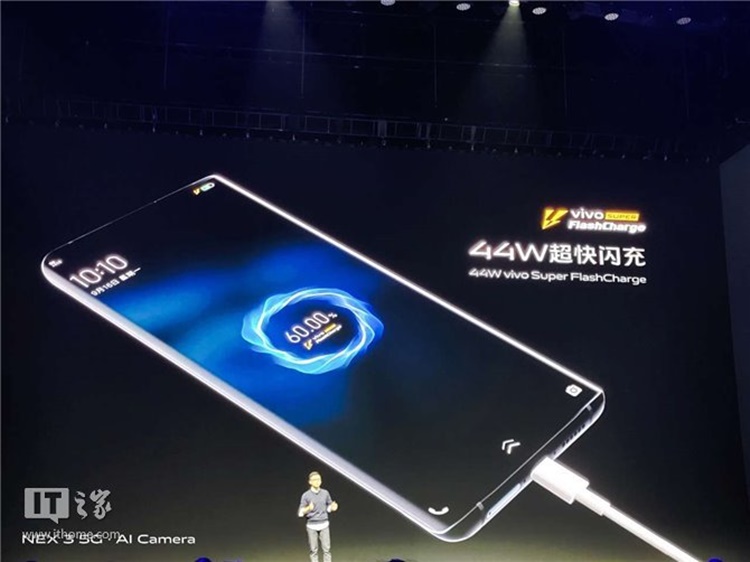
44W is just crazy
With such signal strength, it's only natural for the NEX 3 5G to be powered by Qualcomm Snapdragon 855+ which enables the flagship to download data with over 1Gbps speed. The memory capacity includes 8GB and 12GB of RAM, 256GB UFS 3.0 storage and supports global frequency bands and NFC.
Moving on to the design, Vivo confirms that the NEX 3 series is using a new 6.89-inch POLED Waterfall Fullview Display (HDR10) with no notch in sight. The dual-curved borderless design is rather extreme with new multi-scenario ambient light for new audiovisual and notification reminders.
With a screen-to-body ratio of 99.6%, there are no physical buttons as well and uses an X-axis Haptic Vibration motor for the Touch Sense feature. The Touch Sense response to the haptic feedback just like a physical button and of course, the in-display fingerprint scanner is present as well.
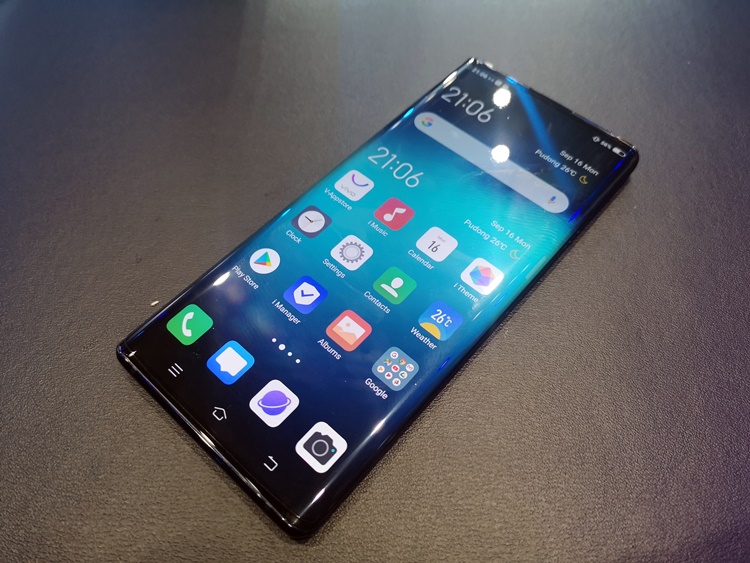
That's how a 99.6% screen-to-body ratio looks like
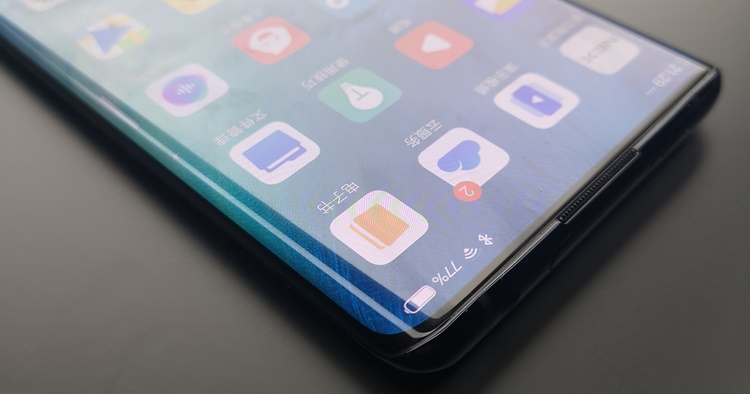
The curved edge of the Waterfall display is quite something
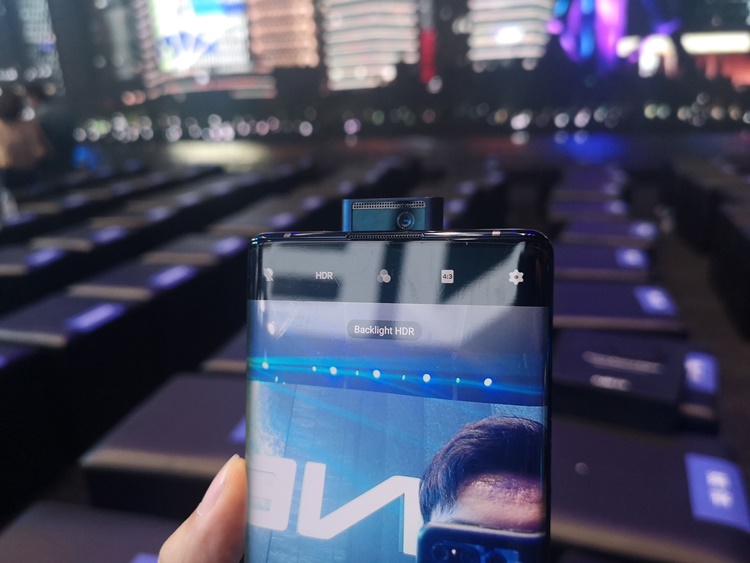
Hello there
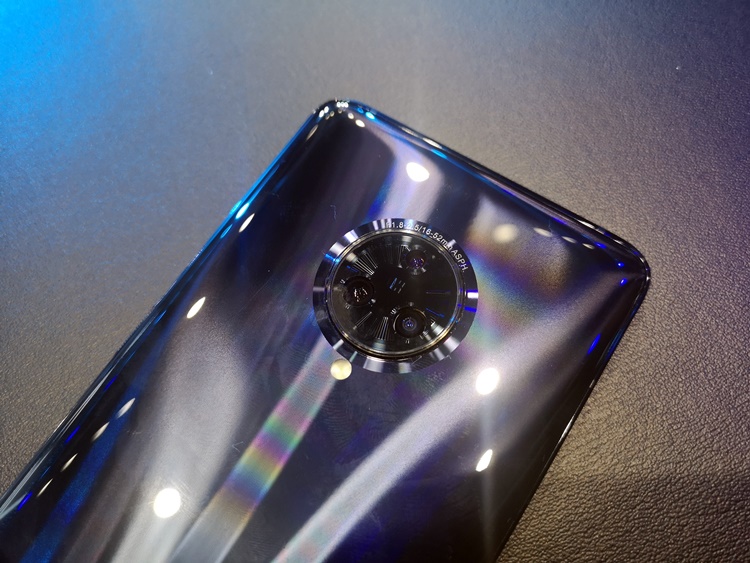
The Lunar Ring Camera System, as they call it
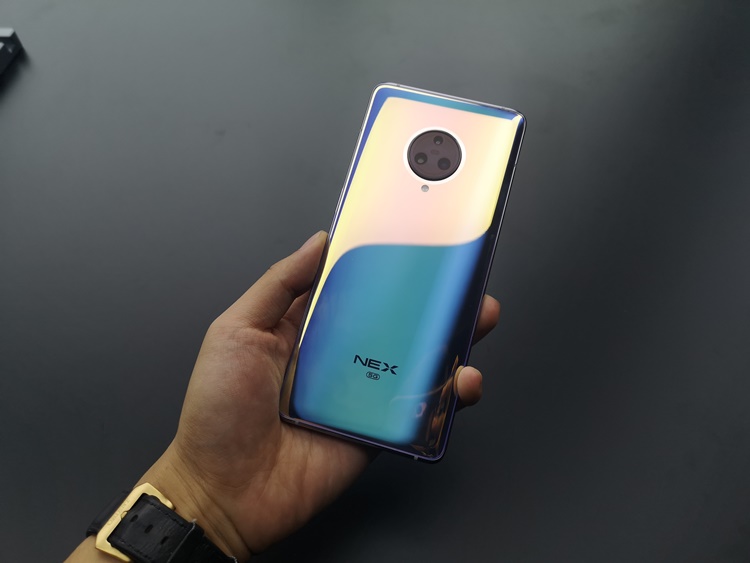
Super shiny back design
Onto the camera corner, it sports a 64MP (main) + 13MP (wide) + 13MP (telephoto) triple rear camera on the Lunar Ring Camera System, whereas the Elevating Front Camera is a 16MP sensor. Like most smartphones nowadays, you can expect AI beauty mode, portrait mode, Pro mode and more.
In other features, Vivo claimed to have improved its own AI assistant Jovi with a vivo Computation Acceleration Platform (VCAP) for software optimization, Jovi Smart Scene (supporting the user's daily task), and AI Video Editor (creating highlight reels from the album), and Jovi Image Recognizer (managing their albums by categorizing, performing and detecting scenes and faces).
Vivo is also known to integrate a HiFi experience. This time, they pre-installed an AK4377A independent audio chip and to complement that, the company launched its first True Wireless Stereo (TWS) Earphone.
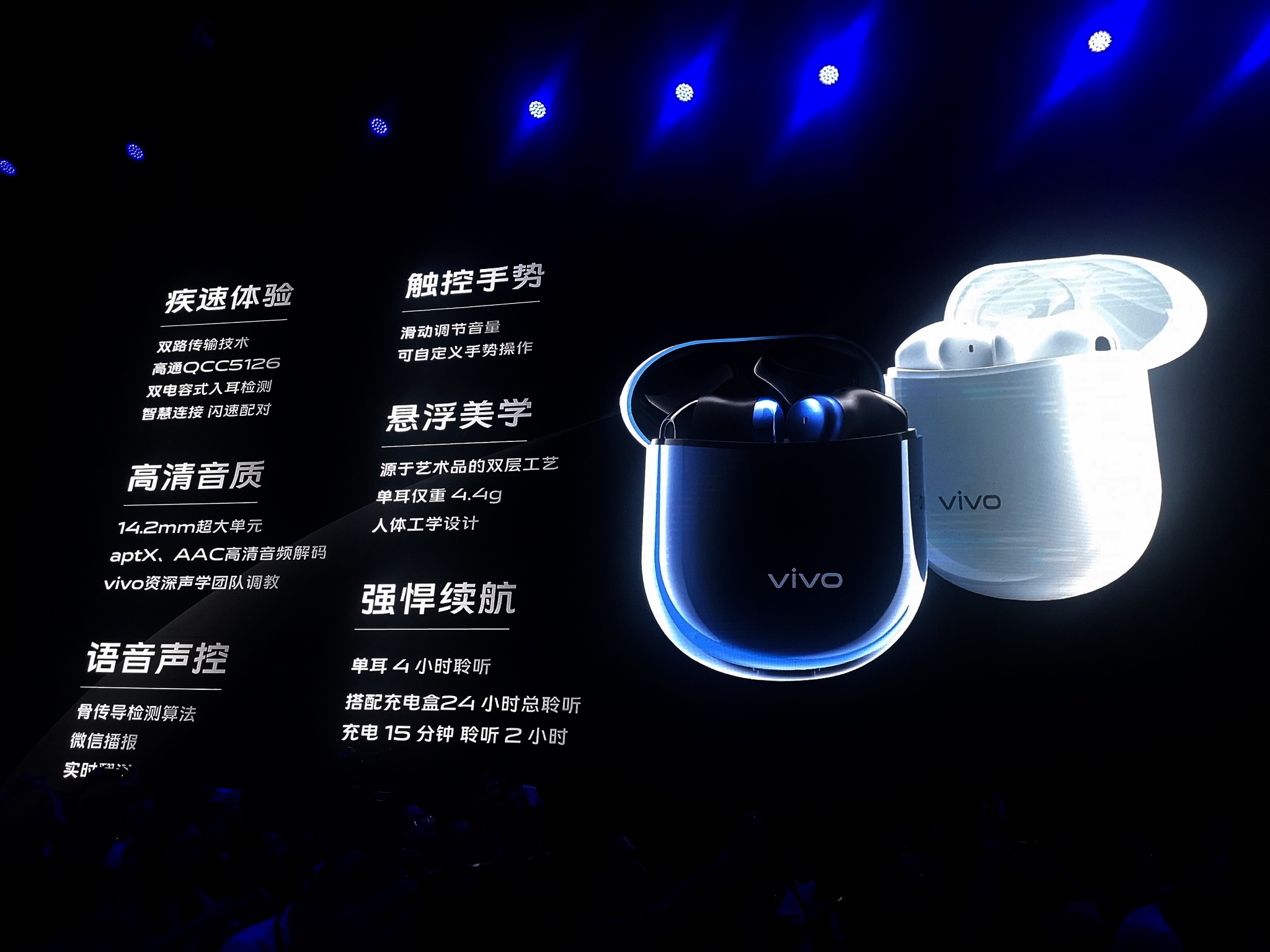
The True Wireless Stereo earphone cost 999 Yuan (~RM588)
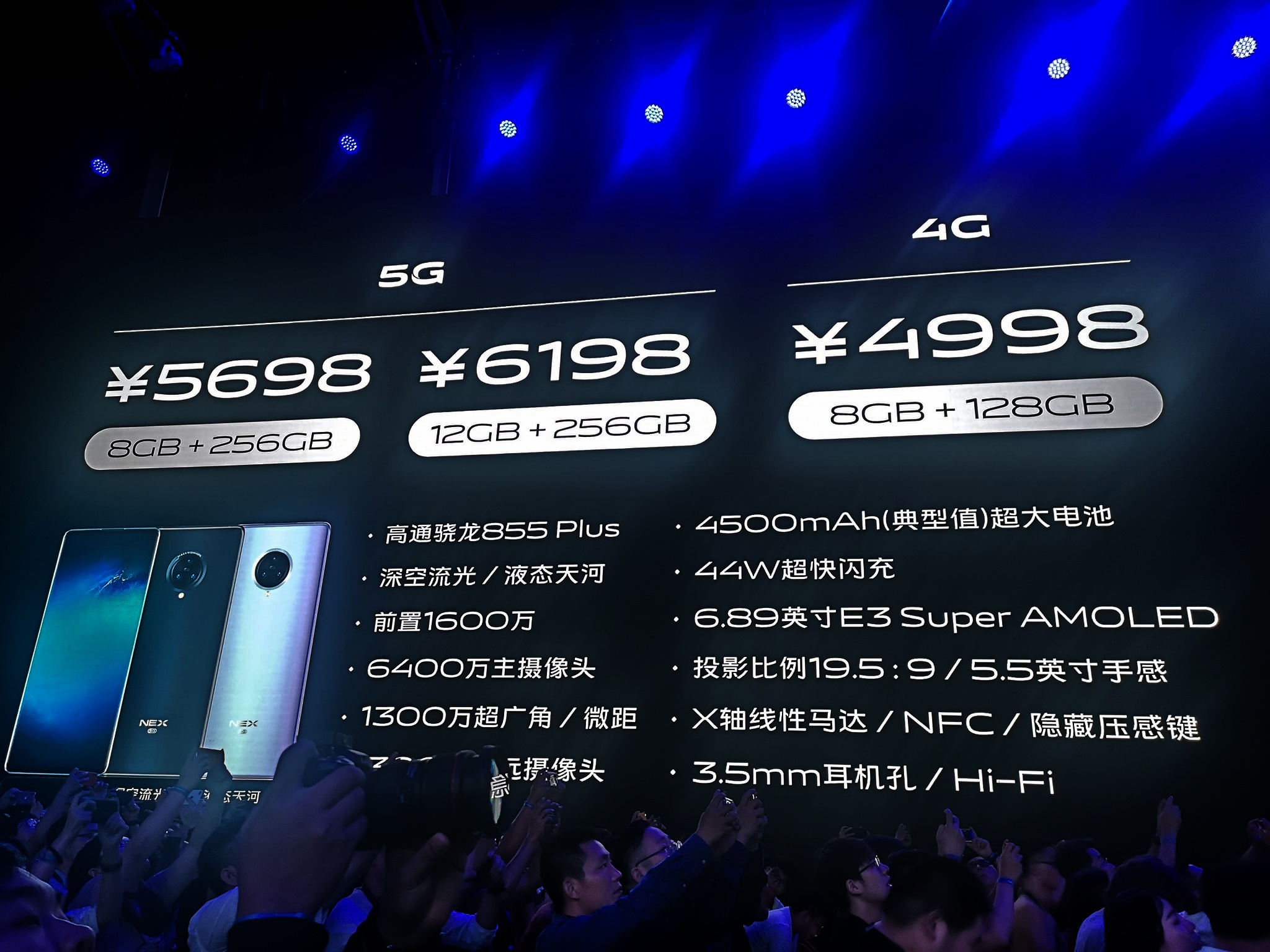
Estimated price after direct coversion - 8GB + 128GB - ~RM2952, 8GB + 256GB - ~RM3366, 12GB + 256GB - ~RM3661
We are probably not seeing the Vivo NEX 5G anytime soon but as for the 4G model, Vivo Malaysia is quite likely to import it for the Malaysia market. So what do you think? Let us know in the comments below and stay tuned for more official Vivo news at TechNave.com.




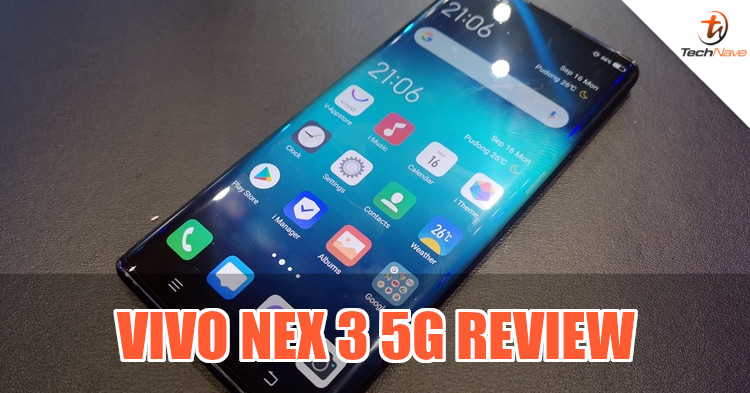
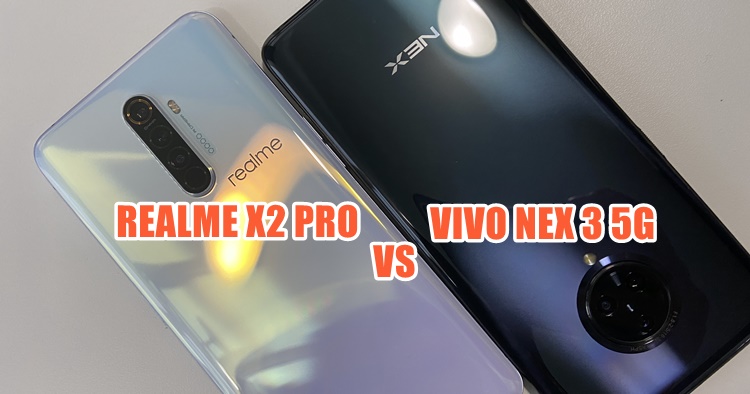

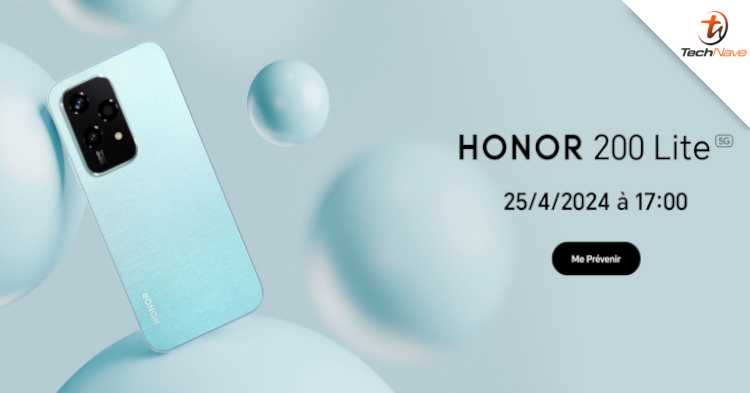

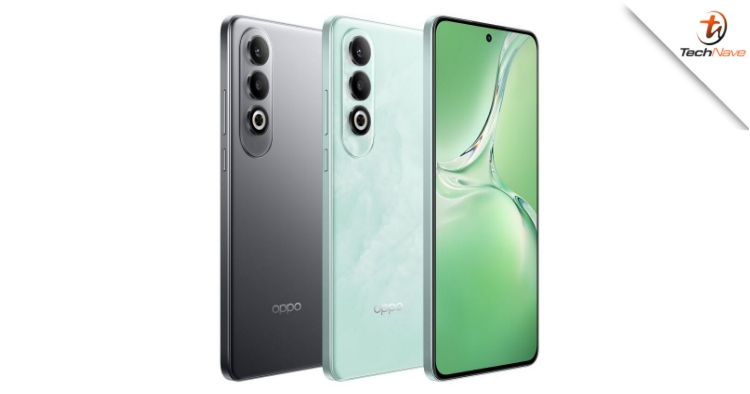
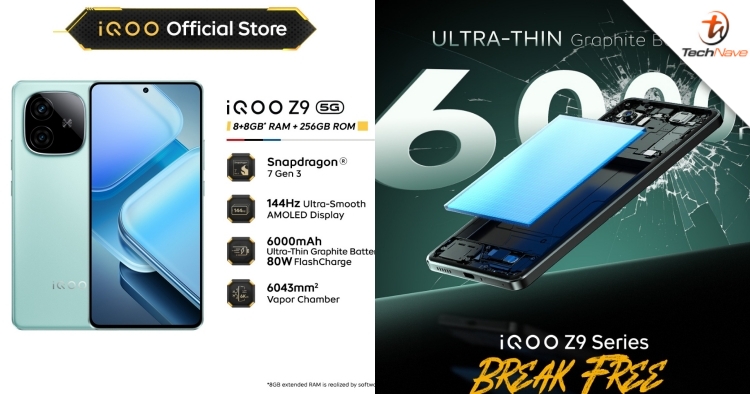
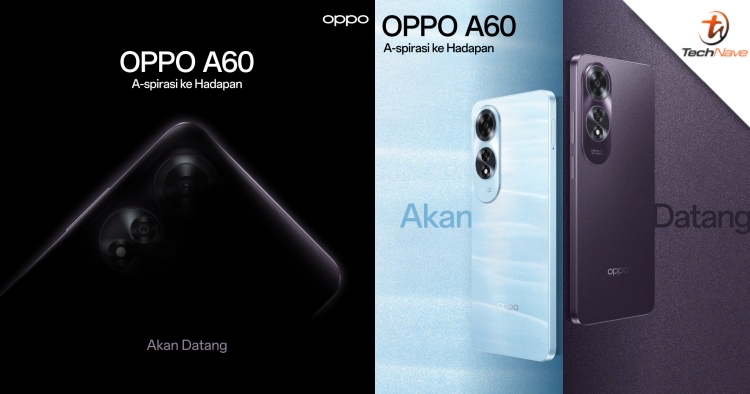





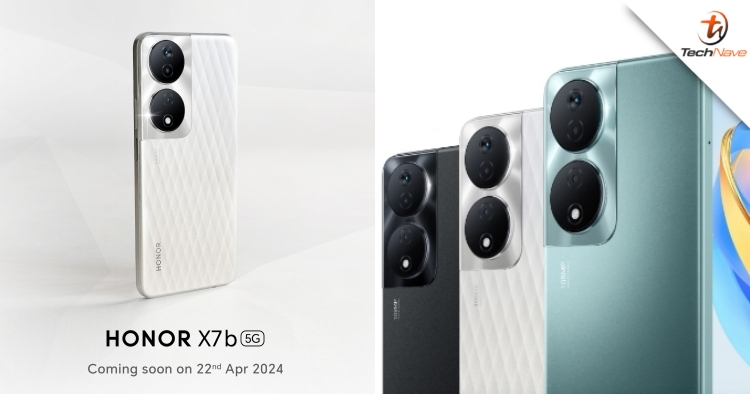

COMMENTS